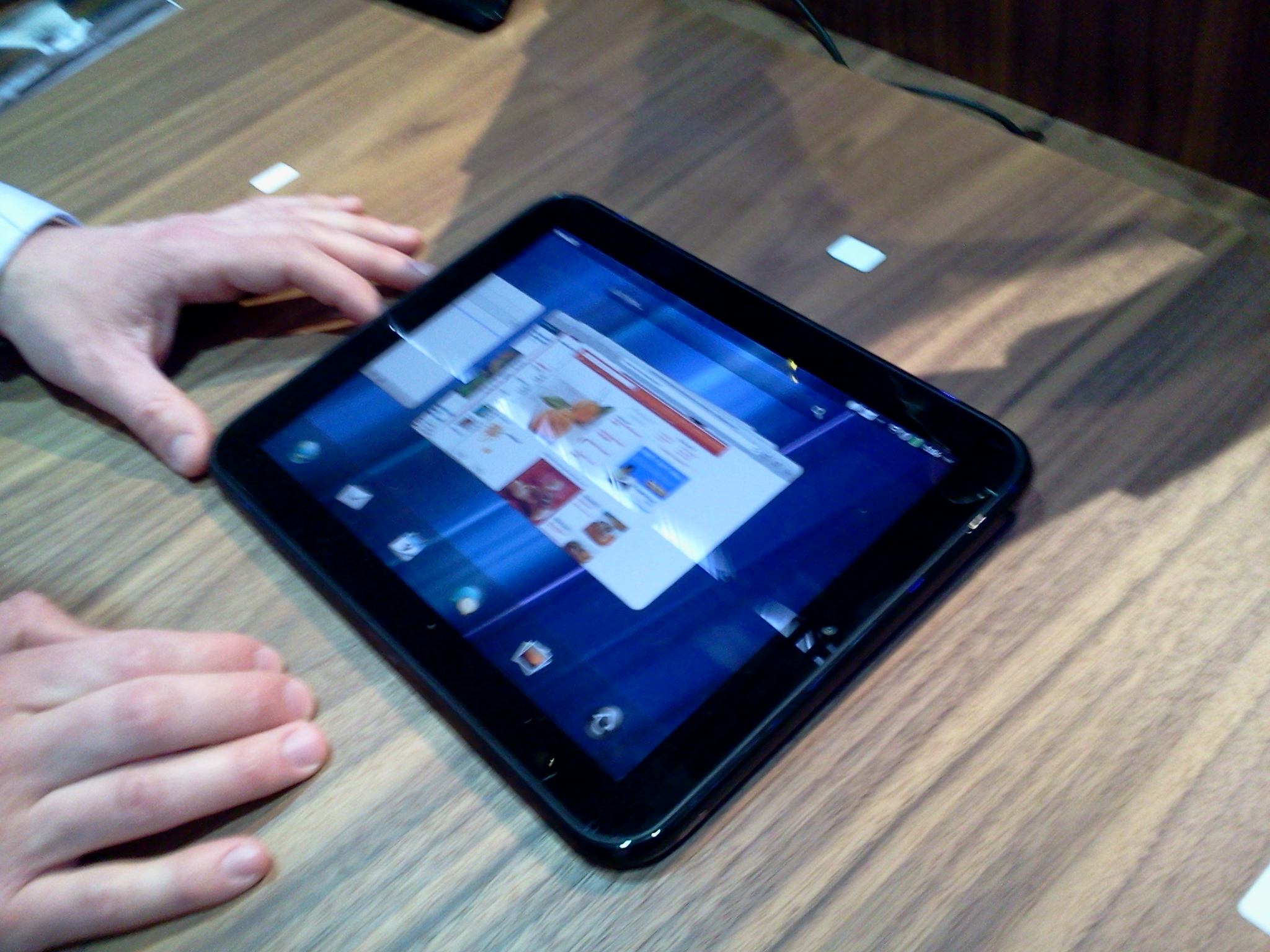Video: Up close with the HP TouchPad and Pre 3


The Pre 3 is essentially a bigger version of the Pre 2, with a 3.6-inch display and slightly larger QWERTY sliding keyboard. The phone works pretty much the same as the original Pre models, complete with Touchstone wireless charging. What is new about the Pre 3 is the innovative ways it works wirelessly with the main star of the show, the HP TouchPad tablet.
The TouchPad is a sleek-looking tablet running webOS that is optimized for the larger 9.7-inch screen. It is about the same weight as the iPad, and a little smaller than the competitor from Apple. It sports a dual-core Qualcomm processor running at 1.2 GHz, which performed very well in the extended demo.
The webOS interface translates well to the TouchPad screen, as the card metaphor for running tasks is a good visual way to interact with multiple apps running. Operation of the interface is fluid and intuitive, and newbies should have no trouble picking up the TouchPad and getting busy.
The Touchstone technology plays a further role when the TouchPad is combined with a Pre 3. As demonstrated in the accompanying videos, a web page open on the tablet can be instantly opened on the Pre 3 by simply touching the Pre 3 to the tablet screen. It is a simple way to share information between the two devices.
Interaction between the two webOS products is further enhanced with the syncing capability integrated by HP. Using a Bluetooth connection, any SMS messages that arrive on the Pre 3 instantly appear on the TouchPad, eliminating the need to get the phone out of the bag or pocket. The user can reply to messages on the TouchPad, which is instantly reflected on the Pre 3.
Without the pricing information for the TouchPad it is impossible to tell if it has a chance at success for HP. The pricing of the two models (16GB, 32GB) is a critical component to compete with the iPad and the rash of Android tablets poised to hit the market. HP has done a good job with the hardware and the software, but the price will determine the chance of impacting the market. Whether HP can get webOS developers to produce tablet-optimized apps will play a big role, too.
Note I haven't mentioned the HP Veer, a tiny webOS phone introduced at the event. There is nothing remarkable about the Veer, and it does not interact with the TouchPad at all.